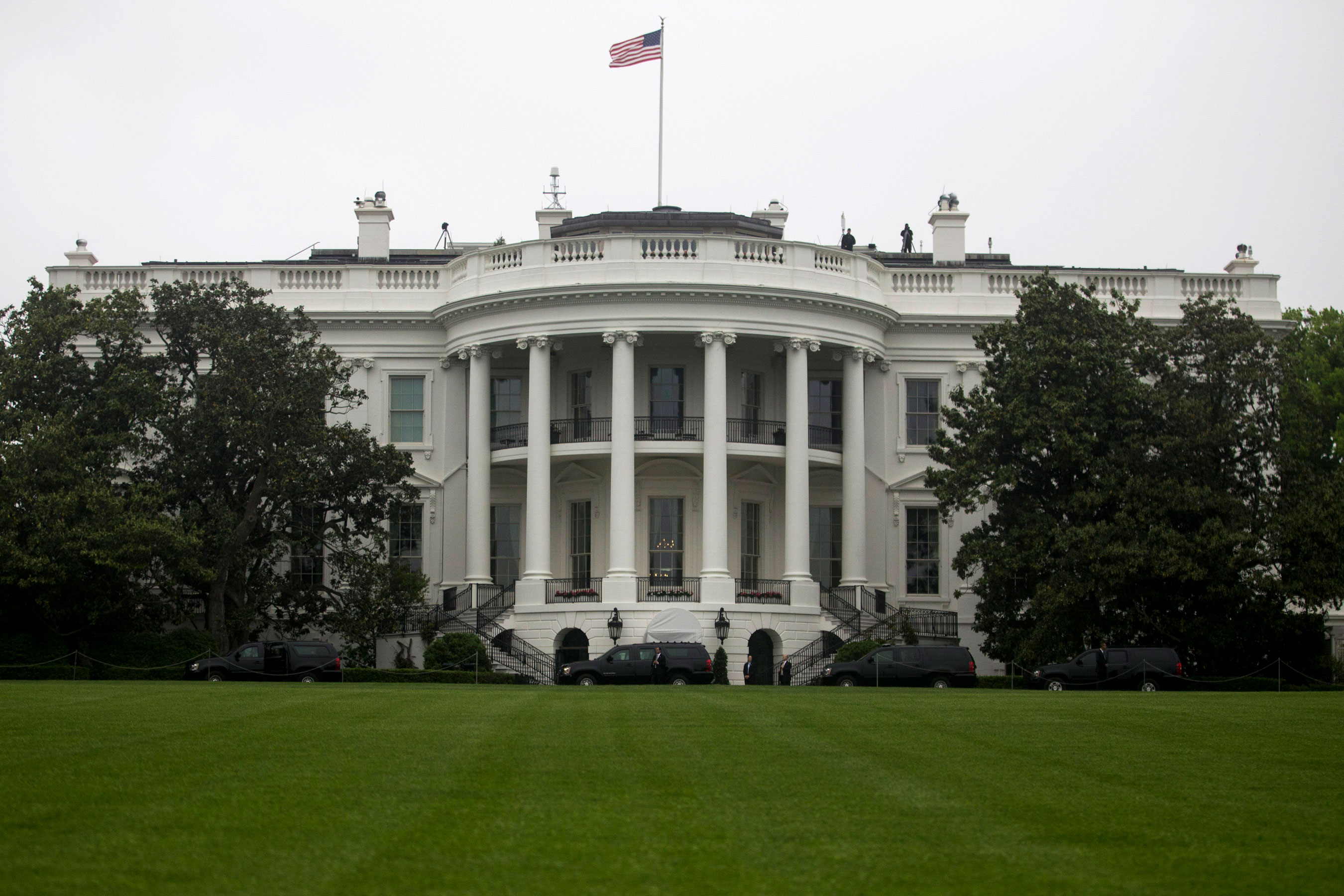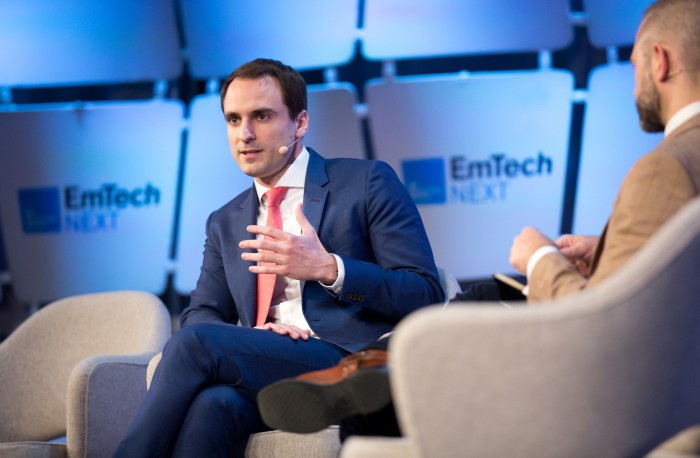The White House promises to release government data to fuel the AI boom

Donald Trump’s chief technology advisor, Michael Kratsios, said today that the US government would release any data that might help fuel AI research in the United States, although he didn’t specify immediately what kind of data would be released or who would be eligible to receive the information.
Speaking at EmTech Next, a conference held at MIT, Kratsios, who is deputy assistant to the president and deputy US chief technology officer, said the government is looking for ways to open up federal data to AI researchers. “Anything that we can do to unlock government data, we’re committed to,” Kratsios told MIT Technology Review. “We’d love to hear from any academic that has any insights.”
Data has been a key factor behind recent advances in artificial intelligence. For example, better voice recognition and image processing have been contingent on the availability of huge quantities of training data. The government has access to large amounts of data, and it’s possible that it could be used to train innovative algorithms to do new things. “Anything we can do to figure that out, we will work very hard on,” Kratsios added.

The Trump administration has faced criticism for a more laissez-faire approach to artificial intelligence than many other countries have taken (see “Here’s how the US needs to prepare for the age of artificial intelligence”).
Kratsios argued that the White House is quietly pushing an aggressive policy, pointing to examples of research projects that have received federal funding. When asked about the president’s interest in artificial intelligence, Kratsios said, “The White House has prioritized AI, and he obviously runs the White House.”
The administration recently convened a meeting of AI experts at the White House, and it announced the creation of a select committee dedicated to AI. This committee has not yet met.
Kratsios repeated the White House claim that the US government has increased funding for AI and automation by 40 percent. Teasing apart these figures is challenging for a few reasons: much of the funding is classified, “AI” and “automation” are broad and somewhat vague terms, and funding in these areas hasn’t historically been tracked closely.
The issue is challenging because automation has already played a role in job displacement across the US—a key factor for many Trump voters. And besides generating new efficiencies and wealth, artificial intelligence might well lead to further disruption for many workers.
The US approach to AI is certainly less public than approaches from many other governments.
China, in particular, has made a bold commitment to artificial intelligence. It has called for an AI industry worth hundreds of billions over the next few years, and the government has challenged Chinese AI researchers to surpass their international counterparts by 2030. Companies in China are already building a reputation for cutting-edge innovation in areas such as image and voice processing and autonomous driving (see “China’s AI awakening”). Other governments around the world, including France, the UK, and India, have announced similarly grand AI initiatives.
The Trump administration is following an immigration and trade policy that is making it more challenging for universities and companies to attract AI talent from abroad (see “The US leads in AI, but for how long?”).
Kratsios said the government would pursue an immigration policy that would let AI talent in, and he signaled that the White House feels the US has a formidable lead over other countries. “It’s not surprising that countries are embracing an industry the US has been leading on for years,” he said.
Kratsios said that the Office of Science and Technology has about 60 staffers today, compared with around 120 during the Obama administration. But he said this was in line with earlier administrations, and he claimed that the office has a broad range of expertise in everything from quantum computing to energy as well as AI.
Deep Dive
Artificial intelligence
Large language models can do jaw-dropping things. But nobody knows exactly why.
And that's a problem. Figuring it out is one of the biggest scientific puzzles of our time and a crucial step towards controlling more powerful future models.
Google DeepMind’s new generative model makes Super Mario–like games from scratch
Genie learns how to control games by watching hours and hours of video. It could help train next-gen robots too.
What’s next for generative video
OpenAI's Sora has raised the bar for AI moviemaking. Here are four things to bear in mind as we wrap our heads around what's coming.
Stay connected
Get the latest updates from
MIT Technology Review
Discover special offers, top stories, upcoming events, and more.